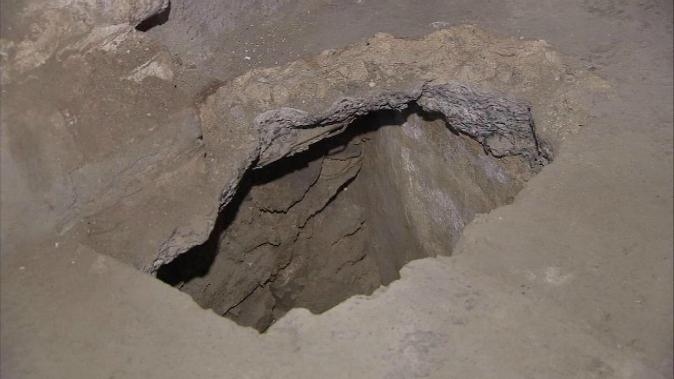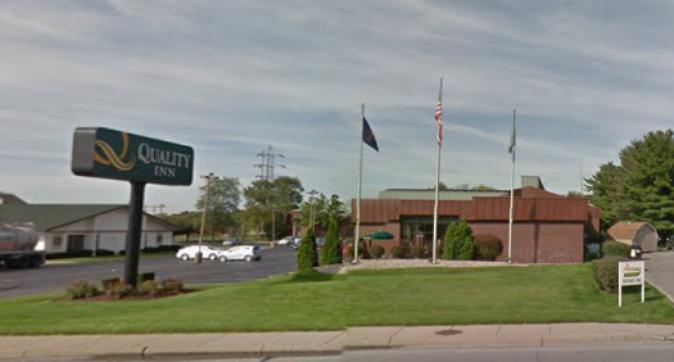The white, Colonial-style home in Lansdowne, Pennsylvania, isn’t your average home. But it took Alexandra Poulos, 43, nearly four decades to realize that.
She had always felt that there was something “unique and different” about it.
Poulos, who is an operations manager for a clinical research organization, said her parents bought the house in 1974, when she was only a year old.
Eight years ago, when Poulos’ mother passed away, and only seven months after her brother passed, her father signed the house over to her. She said she felt a tremendous connection with the home, especially since the death of her mother and brother.
“My mom and brother, they were still there to me,” she said.
Poulos’s best friend Argie Fafalios, 44, an art teacher, said many people tried to convince Poulos to get rid of the house.
“People always wanted Alex to sell the house, but she never wanted to. ... Her heart bled for this house,” Fafalios said.
“How do you sell your soul?” Poulos chimed in.




